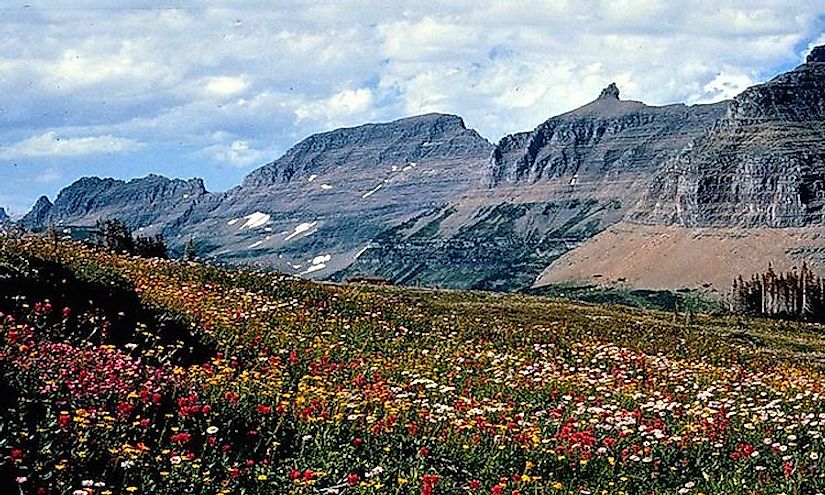Mountain And Glacial Landforms: What Is An Arête?

What Is An Arête?
Landforms are important features on the surface of the earth which define the surface terrain. There are four main landforms namely the mountain, hill, plateau, and a plain. The other landforms include basins, valleys, and buttes. Landforms can be created naturally by the movement tectonic plates under the earth or through the influence of human activities. Landforms can also be set up by the flow of the glacier, either on the mountain or a plain. Such landforms are referred to as glacial landforms. Glacial landforms can be formed by glacial erosion or glacial deposition. Depositional landforms are formed when the glaciers retreat leaving behind freights of crushed rocks and gravel while erosional landforms are created when expanded glacier crush and abrade scoured surface rocks. Some of the erosional landforms include Cirque, arête, glacial horns, and U-Shaped Valleys.
Description Of Arêtes
Arêtes are thin, spiky land formed when two glaciers erode towards each other. It is a small ridge of rock that is formed between the two valleys created the glacial erosion and is formed when two glacial cirques are eroded towards one another. The edges of arête are sharpened by freeze-thaw weathering while the slopes of the sides of arête are made steep through mass erosion of the exposed rock. Arête is a word borrowed from French which translates to edges and is used to refer to the sides of a ridge formed when glacier erode to form a U-shaped valley. Where more than cirques meet, a pyramid peak is formed.
Formation Of Arete
The formation of arête begins with the creation of Cirque through glacial erosion. Arête are on the mountainside shielded from direct sun energy and prevailing wind. The process starts with the accumulation of snow which forms the glacial ice. The hollow in the slope is then enlarged by glacial erosion and ice segregation. The hollow becomes significant if the glacial erosion intensifies creating a larger leeward deposition zone. The hollow may eventually become a large bowl-shaped on the slopes of the mountain with the headwall being weathered by ice segregation and plucking. The bowl formed by this glacial erosion is the Cirque. Two cirques may erode towards one another leading to the formation of arête landform or steep-sided ridge. If more than two cirques erode towards one another a Pyramidal Peak is formed which can be accessed by one or more arêtes.
Cleaver
Cleavers are types of arête that disrupt the unified flow of glacial ice from the uphill side leading to the formation of two glacier flanking. Cleaver resembles meat cleaver slicing meat into two. The two glaciers flanking melt to their respective ends before they can be brought back together by their courses. The location of cleavers determines the route for the glacier flow because they are likely to disrupt the flow leading to a formation of a new route for the glacier.
Examples Of Arete
Some of the notable examples of arêtes include Clouds Rest, Half Dome, and the Minarets in California, the Garden Wall located in Glacier National Park in Montana, Crib Goch in Wales, Striding Edge in Lake District England, and Sawtooth in the Southern Rocky Mountains. Arete together with other glacial landforms such as Cirque and Pyramidal Peaks are important features that have not only been major tourist attractions but have also been used to describe mountains and predict weather patterns and weathering process in the area.











